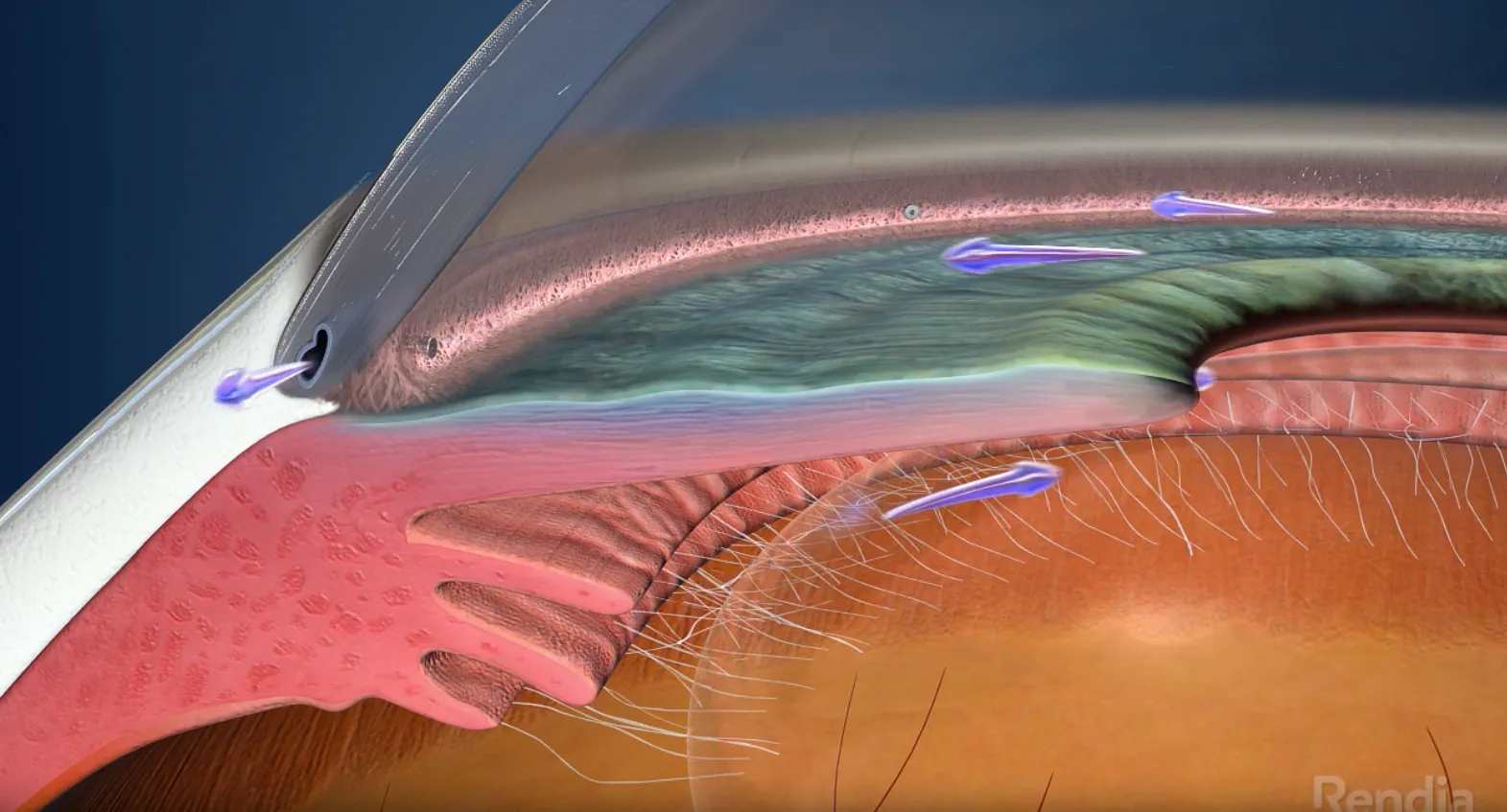Glaucoma
Glaucoma is a group of eye diseases that can damage the optic nerve, leading to vision loss and blindness. This condition is often linked to increased intraocular pressure. Although there is no cure, controlling ocular hypertension through timely treatment can help preserve vision if detected early during routine eye exams.


Glaucoma / Normal Vision
(Drag the slider to see the difference.)
Key benefits of screening for glaucoma
- Early detection lowers the risk of vision loss.
- Regular screening may reduce the need for eye drops.
- Timely diagnosis helps slow disease progression and prevent optic nerve damage.
Evaluation:
- Measuring eye pressure
- Inspecting eye’s drainage
- Examining optic nerve damage
- Testing peripheral (side) vision
- Taking an image or computer measurement of the optic nerve
- Measuring the thickness of the cornea
Risk factors:
- Aging
- Family history
- High eye pressure
- Race (African Americans, Hispanics and Asians are a higher risk)
- Long-terms steroid use
- Eye Injury
- Thin corneas
Types of Glaucoma:
Open-Angle Glaucoma
The most common type, caused by slow fluid drainage, leading to gradual pressure buildup.
Narrow-Angle Glaucoma
A medical emergency where the eye’s drainage system is blocked, causing a rapid pressure increase. Symptoms include headache in the dark, night vision issues, colored halos, severe pain, nausea, and vomiting.
Normal-Tension Glaucoma
Occurs despite normal eye pressure. More common in Japanese descendants and those with vascular disorders.
Glaucoma Treatments offered at Precision Eye Care:
Laser Surgery
Selective Laser Trabeculoplasty (SLT) reduces the need to use eye drops to lower the eye pressure. SLT is an outpatient procedure, and patients can resume normal activities after treatment.
Laser Iridotomy is a laser procedure that entails creating a small hole in the iris, allowing fluid to drain and preventing pressure build up.
Minimally-Invasive Glaucoma Surgery
Minimally-Invasive Glaucoma Surgery (MIGS) is typically done in combination with cataract surgery. During MIGS, a microscopic device is placed into the eye to lower and control intraocular pressure. Not all the patients with glaucoma are candidates for MIGS.
Prescribed Eye Drops
Taken regularly, as directed by your eye care provider, these eyedrops lower eye pressure. Some causes the eye to make less fluid, others lower pressure by helping fluid drain from the eye.
Get in Touch
For details on Glaucoma, fill out our contact form or call us to schedule a consultation today.








